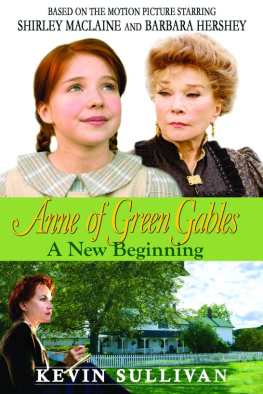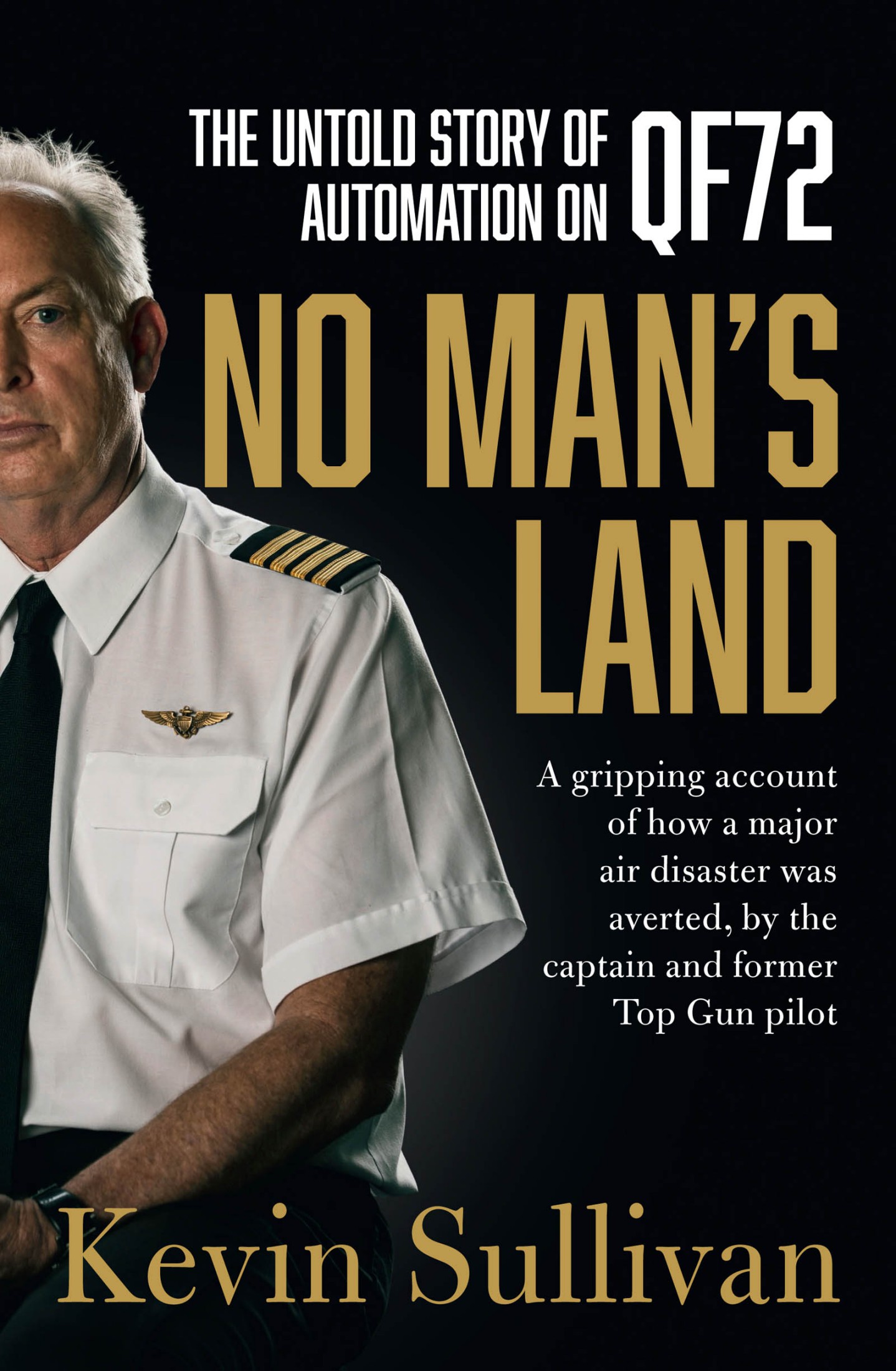One day you will ask me which is more important?
My life or yours? I will say mine and you will walk away not
knowing that you are my life. Kahlil Gibran
For Lauren
CONTENTS
Sully... Carrot. One versus one, neutral set-up. Angels fifteen. Four hundred knots. Call ready.
Abeam my Tomcat F-14 is a blue and grey camouflaged Skyhawk A-4. The pilots callsign is Carrot because of his full head of orange hair. Hes an extremely lethal adversary pilot who flew fighters in the US Marine Corps before his personal invitation to become a Top Gun instructor. His exemplary performance during his course earmarked him for personal selection to this prestigious position.
My callsign is Sully, coincidentally matching the nickname of pilot Chesley Sullenberger, who in 2008 famously performed an emergency landing of US Airways Flight 1549.
Its 1982 and the height of the Cold War. Im a fighter pilot in the US Navy and have been selected to attend Top Gun, five weeks of postgraduate-level training in air-to-air combat and tactics, formally known as the US Navy Fighter Weapons School. Few fighter pilots have the opportunity to attend this school in fact, a squadron may only be allowed to send one two-man crew per year.
The ground instruction phase of the Top Gun training provides us with current intelligence on potential threat aircraft and weapons systems. Because we can sail into harms way at the drop of a hat, the flight phase has to prepare the crew to operate in a one-versus-unknown environment. If we ever fly in combat over Europe, well be fighting against an enemy with inferior aircraft but superior numbers. The sobering message from the course is that we have to learn to survive and fight in an arena of one-versus-four at a minimum.
On completion of the course, we will be awarded the coveted Top Gun patch, which adorns a special position on a pilots flight suit, just below the left shoulder. Its the PhD of fighter qualifications.
The Top Gun course takes a building-block approach, starting with the one-versus-one scenario: two aerial gladiators facing off to the death. The opponent, nicknamed the bogey, is a Top Gun instructor hand-picked for their skill and lethality. Every engagement involves brutally employing the Top Gun motto: No Points for Second Place.
On this day, flying above the Pacific Ocean far from our base in San Diego, Im progressing through the one-versus-one phase. Im flying my F-14 Tomcat versus a dissimilar aircraft that mimics a Cold War adversary, in this case, an A-4 Skyhawk (sometimes its an F-5 Tiger 2 fighter). The instructors flying these jets simulate known Soviet tactics. For the students, its hard work just to survive; the bogey pilots are the best in the navy.
The A-4F Skyhawk is a single-seat jet that the school has highly modified to have the same, if not superior, thrust-to-weight performance as the F-14, but with an inferior weapons system and missile capability. Weve been instructed on the ways to fight and defeat this threat. Basically, the Tomcats pilot has to use its superior thrust and turning capability to force the fight into the vertical. The pilot needs to maintain his energy, in the form of speed and use of g-force, to succeed.
But aerial combat is much more than just pulling maximum g-force and shooting down your opponent. Its a three-dimensional chess match of energy management, weapons-system employment, communication, teamwork and endurance of the physical exertion of flying to the aircrafts maximum g capabilities. Plan A is rarely executed as desired the high-speed, high-stakes arena of air-to-air combat requires continual innovation, creativity and discipline to survive and to win. I feel sure I am prepared. I have demonstrated my skill and aggression flying with my squadron. They know I am ready to advance my lethal skills to the next level.
Carrot has set the starting parameters for our first visual engagement. Our altitude is 15,000 feet, separated by a distance of 5000 feet laterally, and we will start the fight at 400 nautical miles per hour of airspeed (our speed relative to the air). Now its time to fight and to perform.
Sullys ready, I say as I select full afterburner on my engines. The fuel flow through the engines is a staggering 48,000 pounds per hour.
Fights on!
Fights on, I repeat as I turn hard into the Skyhawk A-4, hearing the wing roar as the big Tomcat F-14 wing slices through the air. The g-force escalates to six and a half times more than I normally weigh, and I have to twist and contort my body to maintain sight of the A-4. Im exerting myself as much if I were wrestling an elephant. We are turning at the maximum rate, and my objective is to make Carrot trade his airspeed for turning advantage. Hell lose energy if he does this, and Ill maintain mine, then Ill have the energy advantage to vertically separate from him and shoot my missiles.
This is the plan. I have to use my airspeed, altitude and g in order to maintain my energy state, and I have to compare that with the aircraft Im fighting against. If I observe that hes turning tighter, I know hes trading energy for positional advantage. I must be patient while I turn hard to neutralise his threat. Im seeing exactly what I want to see, and watch the A-4 shoot past my tail. We started in a neutral position and now hes almost behind me; therefore hes traded all his energy for this advantage of position... right? Wrong. As Carrot slips past my tail, I roll my wings level and pull straight up. Surely theres no way he could match my climb but he does.
I got it all wrong. Carrot was climbing better than me. He maintained his energy and tricked me into thinking he was out of puff. Now Im paying the price as he latches onto my tail.
Guns, guns, guns, he calls, simulating an attack on my highly energised but disadvantaged Tomcat.
Breathing hard from the high g-forces, I shake my head in disgust. Knock it off, I yell. Its our agreed safety phrase to stop fighting, to maintain sight of each other and set up for the next exercise.
Lets not do that again, Sully, says Breeze, my radar intercept officer. Breeze is from Virginia, but hes adapted quickly to the breezy lifestyle of southern California. When he isnt in my back seat fighting a Top Gun instructor, he likes to surf, sit in the sun and play racquetball. Hes known as a bit of a wild child and we will later share a stateroom on the USS Enterprise when the squadron deploys for cruise. He knows his stuff and is up to the challenges of aerial combat.
I only have a minute or two to figure out how to not do that again before we are ready for the next fight. I just got my ass kicked. On my kneepad I quickly scribble some shorthand notes depicting what each aircraft did in sequence. We also carry small tape-recorders that we use to help reconstruct the fights later.
My energy management is good, but Carrots is better. I have to do something different to gain an advantage or Ill be eating Carrots machine-gun shells again. Oh yeah, at this level, it is all very real and very serious.
The A-4 cockpit isnt as big or open as the bubble canopy of the F-14. I can easily pivot my body to look back between the tails, but the A-4 pilot cant. Its the same visual restriction that a MiG pilot would have: the bad-guy aircraft Carrot is simulating. As long as he has me in front, he has the advantage. I need to try something different. I aim to exploit the reduced rearward visibility of the A-4, keeping in mind that the F-14 is one big jet. Making the bogey lose sight of me might give me the separation I need to jab the bogey from a distance with my superior air-to-air missiles. But this plan will test the limits of the coordination between Breeze and me; two sets of eyes are better than one.










![Captain Chesley B. Sullenberger III - Sully [Movie Tie-In] UK: My Search for What Really Matters](/uploads/posts/book/404353/thumbs/captain-chesley-b-sullenberger-iii-sully-movie.jpg)







